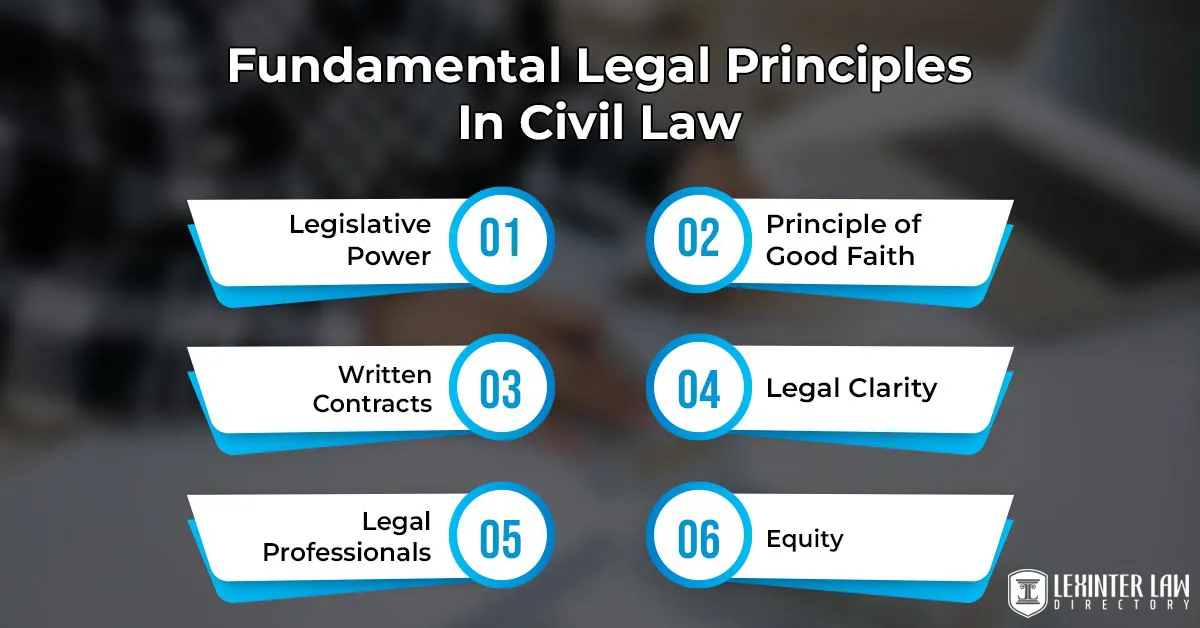Civil litigation involves resolving disputes between individuals or organizations through the court system. Understanding the basics of civil litigation can help parties navigate the process effectively and achieve a favorable outcome. This guide provides a comprehensive overview of civil litigation, including key stages, types of cases, and essential tips for participants.

What is Civil Litigation?
Civil litigation is a legal process used to resolve non-criminal disputes between parties. These disputes often involve issues such as contracts, property, personal injury, and family matters. Unlike criminal cases, which are prosecuted by the government, civil litigation involves private parties seeking remedies for harm or loss.
Key Stages of Civil Litigation
Filing a Complaint
The process begins with the filing of a complaint, also known as a petition or lawsuit. The plaintiff, or the party bringing the case, files a legal document outlining the allegations and the relief sought. This document is submitted to the court and served to the defendant, who is the party being sued.
Responding to the Complaint
Once served, the defendant must respond to the complaint within a specified timeframe. The response, often called an answer, addresses the allegations and may include counterclaims against the plaintiff. At this stage, both parties outline their positions and the issues to be resolved.
Discovery Phase
Discovery is a critical stage in civil litigation where both parties exchange information and evidence relevant to the case. This process includes:
- Interrogatories: Written questions that one party sends to the other.
- Depositions: Oral questioning of witnesses under oath.
- Requests for Production: Requests for documents and evidence.
Discovery allows both sides to build their case and understand the opposing party’s arguments.
Pre-Trial Motions
Before the trial begins, either party may file pre-trial motions to resolve specific issues or dismiss parts of the case. Common pre-trial motions include:
- Motion to Dismiss: Requests to dismiss the case based on legal grounds.
- Motion for Summary Judgment: Requests for a judgment without a trial, based on the argument that there are no material facts in dispute.
These motions can streamline the issues to be tried and potentially resolve the case before it reaches trial.
Trial
If the case proceeds to trial, both parties present their evidence and arguments before a judge or jury. The trial includes:
- Opening Statements: Each party outlines their case and what they intend to prove.
- Presentation of Evidence: Both sides present their evidence and call witnesses.
- Closing Arguments: Each party summarizes their case and argues why they should prevail.
- Verdict: The judge or jury delivers a decision based on the evidence presented.
Post-Trial Motions and Appeals
After the trial, either party may file post-trial motions to challenge the verdict or seek a new trial. If a party believes that errors occurred during the trial, they may appeal the decision to a higher court. The appellate court reviews the case for legal errors and may uphold, reverse, or modify the lower court’s decision.
Common Types of Civil Litigation Cases
Contract Disputes
Contract disputes involve disagreements over the terms and performance of a contract. These cases often address issues such as breach of contract, contract interpretation, and damages.
Personal Injury
Personal injury cases arise when an individual suffers harm due to another party’s negligence or intentional actions. Common examples include car accidents, medical malpractice, and slip-and-fall accidents.
Property Disputes
Property disputes involve conflicts over real estate or personal property. These cases may address issues such as boundary disputes, landlord-tenant conflicts, and property damage.
Family Law
Family law cases involve issues related to family relationships, such as divorce, child custody, and alimony. These cases often require careful consideration of the best interests of children and equitable distribution of assets.
Tips for Navigating Civil Litigation
Seek Legal Advice
Consulting with an experienced attorney is crucial for navigating the complexities of civil litigation. An attorney can provide guidance on legal strategy, document preparation, and court procedures.
Prepare Thoroughly
Effective preparation is key to a successful case. Gather all relevant evidence, documents, and witness statements to support your claims or defenses.
Stay Organized
Keep detailed records of all case-related documents, communications, and deadlines. Staying organized helps ensure that you meet court requirements and deadlines.
Communicate Clearly
Maintain clear and open communication with your attorney and the opposing party. Effective communication can help resolve disputes and facilitate a smoother litigation process.
Conclusion
Understanding the basics of civil litigation helps parties navigate the legal process and achieve their desired outcomes. By familiarizing yourself with the key stages, types of cases, and essential tips, you can approach civil litigation with confidence and clarity. Whether filing a complaint or responding to a lawsuit, being well-prepared and informed is crucial for successfully managing your case.










